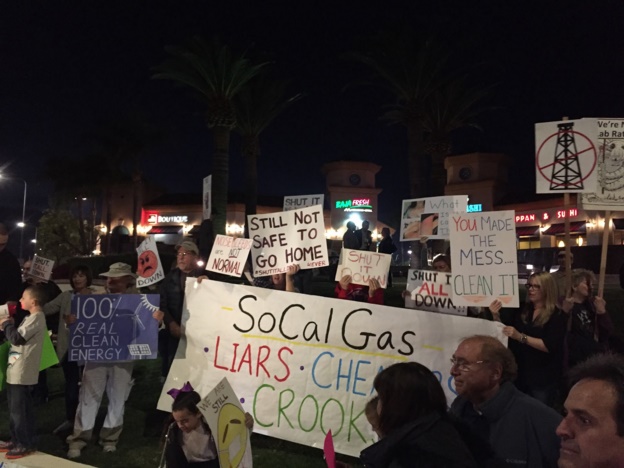0 Total Shares
(ANTIMEDIA) United States — Bayer has now confirmed a buyout bid for agrichemical giant, Monsanto — the maker of Agent Orange, RoundUp, and genetically-modified crops — otherwise known as one of the most hated companies on the planet.
In a statement, Monsanto said Morgan Stanley & Co. is advising the company financially in the “potential acquisition,” but didn’t comment beyond basic information about what the deal might entail. The merger would combine Bayer and Monsanto into the largest agricultural supplier in the world.
Monsanto has experienced declining sales, particularly of its genetically-modified corn and soybean seeds, arguably as a result of customer backlash over RoundUp being designated a “probable carcinogen” by the World Health Organization’s International Agency for Research on Cancer last year. GM corn, soy, cotton, and other RoundUp Ready crops rely on heavy dousings of the glyphosate-based herbicide to control weeds — but farmers have also admitted to using RoundUp to assist in the drying process prior to harvest.
On Tuesday, the National Academies of Sciences, Engineering, and Medicine declared genetically engineered crops ‘safe’ for human consumption after a multi-year study, but still noted the benefits of labeling foods containing them. However, one day prior to its declaration, a report cited by EcoWatch revealed extensive connections between the National Academies and biotech companies like Monsanto — which donated millions to the division responsible for the study on the safety of GM food.
Further contaminating Monsanto’s already severely tarnished record of unsafe products, RoundUp has been specifically named the cause of four Nebraska farm workers’ non-Hodgkin’s lymphoma in a lawsuit announced this week. In that case and several others, inert ingredients — and not just glyphosate — appear to have contributed to the development of cancer.
According to lawsuit cited by The Intercept, John Sanders, a farm worker from California suing the company for damages after he developed cancer, Monsanto “knew or should have known that RoundUp is more toxic than glyphosate alone and that safety studies of RoundUp, RoundUp’s adjuvants and ‘inert’ ingredients” were necessary.
Monsanto’s notoriety doesn’t end with shady agrichemicals — not by far. In March, the Portland, Oregon, city council voted unanimously to allow the city’s attorney to proceed with a lawsuit against the behemoth company for the contamination of various bodies of water with toxic PCBs. Seattle, Spokane, Berkeley, Oakland, San Diego, and San Jose have similar litigation pending for PCB contamination.
Though the potential buyout of Monsanto by Bayer comes amidst a number of other mergers of chemical industry corporations, it appears to be a move to save the former from its poor performance in the marketplace.
“Monsanto has struggled in recent quarters to deal with slumping corn prices in the U.S., which have reduced demand for its best-selling product: genetically-enhanced corn seeds,” ABC News reported in January. “Farmers are shifting more acres to other crops after surpluses of corn and other crops, including wheat, have squashed commodity prices.”
People have moved away from food potentially chemically soaked with RoundUp, making the world’s bestselling chemical herbicide’s future more uncertain by the day — and the merger with Bayer, which has its own questionable history, a possible business-saving proposition.
It’s likely that if the acquisition is successful, Bayer will completely drop the Monsanto name from its products to get away from the stigma the company has accumulated over the years. This would render it invisible to concerned consumers while retaining its products under a new name.
An entire protest movement called the March Against Monsanto has been built up around the company, with the latest incarnation taking place tomorrow.
This article (Bayer’s Acquisition Offer Could Literally Make Monsanto Disappear) is free and open source. You have permission to republish this article under a Creative Commons license with attribution to Claire Bernish and theAntiMedia.org. Anti-Media Radio airs weeknights at 11pm Eastern/8pm Pacific. If you spot a typo, email edits@theantimedia.org.

